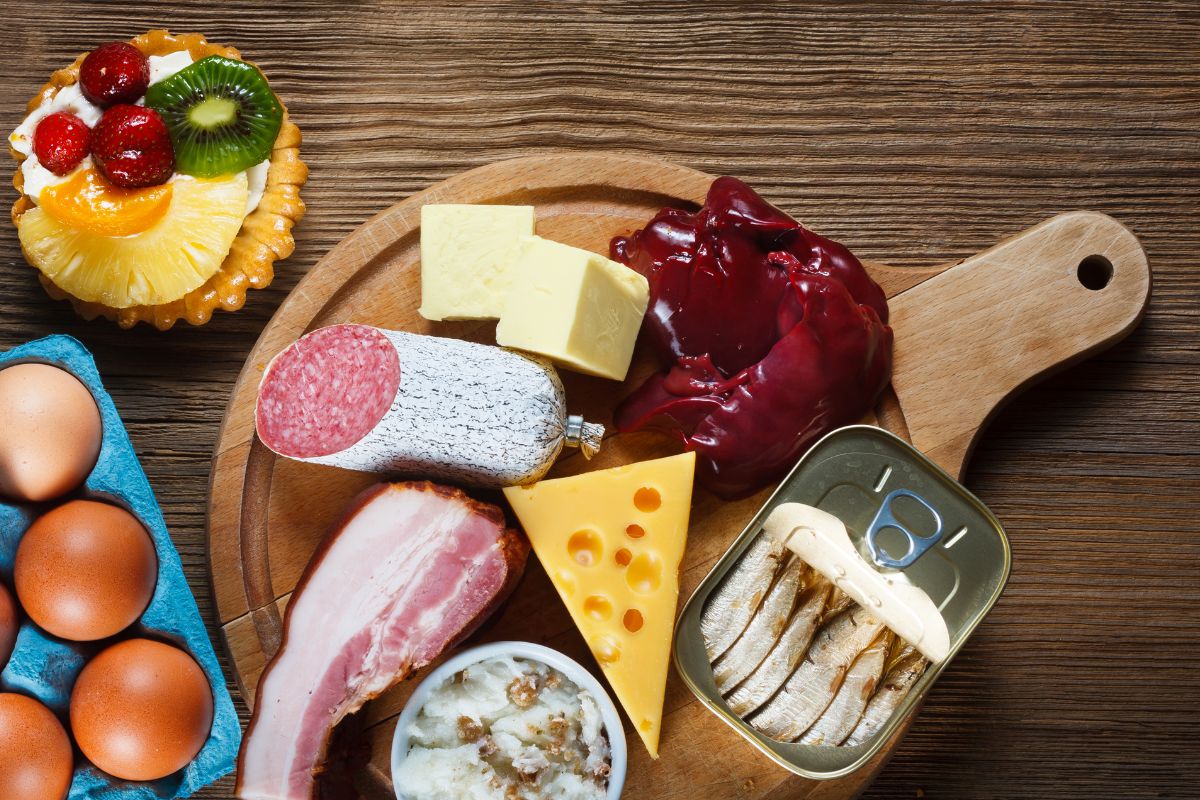What Foods to Avoid If You Have High Cholesterol

It is important to understand how eating affects cholesterol levels for heart health maintenance. This article explains many types of cholesterol, the various effects of different fats, and practical diet suggestions for effective high cholesterol care.
Understand Cholesterol
What is cholesterol?
This is a greasy, adhesive molecule produced in the liver and obtained from some foods. It promotes the synthesis of membranes within cells, hormone production, and also vitamin D synthesis. But, high levels of cholesterol in the blood may lead to health issues.
There are two types of cholesterol: LDL and HDL.
Low-Density Lipoprotein (LDL): Sometimes known as “bad” cholesterol, high levels of LDL cause the cholesterol to deposit in the arteries, causing plaques to constrict and become hardened, thereby increasing the chances of heart disease and stroke.
High-density lipoprotein (HDL) cholesterol: It is characterized as “good” cholesterol due to its high density, which transports excess cholesterol from the circulation to the liver for removal and reduces the risk of a heart attack or stroke.
The Role of Cholesterol in the Body
This plays various vital roles, including:
- Cell Membrane Formation: This process confirms that cell membranes are strong and fluid.
- Hormone Production: It is a precursor of hormones such as oestrogen, testosterone, and cortisol.
- Bile Acid Formation: It helps with the digestion and absorption of dietary lipids.
Dietary Cholesterol and Blood Levels
Historical Dietary Guidelines
Previously, recommendations advised limiting dietary cholesterol consumption to 300 mg per day, citing the premise that eating high-cholesterol meals directly raises blood cholesterol levels.
Recent Research Findings
More recent studies indicate that dietary cholesterol has a minimal impact on blood cholesterol in most individuals. The body has an adaptive mechanism for managing cholesterol production, and this minimizes the impact of high cholesterol meals on blood cholesterol.
Current Recommendations
The 2020-2025 Dietary Guidelines for Americans recommend ingesting as little dietary high cholesterol as feasible while following a healthy eating pattern. The emphasis is on minimising saturated and trans fats, which are more likely to raise blood cholesterol levels.
Types of Dietary Fats
Saturated Fats
Saturated fats, which are predominantly found in animal products such as fatty meats and full-fat dairy, can elevate LDL cholesterol. It is recommended that they consume no more than 10% of their daily calorie needs.
Unsaturated fats
Unsaturated fats, which may be found in foods such as fish, nuts, seeds, and vegetable oils, can help lower blood cholesterol by raising HDL and reducing LDL. Incorporating these fats is advantageous to heart health.
Trans fats
These artificial fats, which may be found in partly hydrogenated oils, baked products, and fried meals, elevate LDL cholesterol while simultaneously lowering HDL cholesterol. Avoiding trans fats is critical for maintaining normal cholesterol levels.
Foods to Avoid to Maintain Healthy Cholesterol Levels
High Saturated Fat Foods
- Fatty cuts of meat include beef, lamb, and hog.
- Poultry with Skin: Removing the skin might help lower saturated fat consumption.
- Full-fat dairy products include butter, cream, and cheese.
Trans fat-laden foods
- Margarine and shortening often include partly hydrogenated oils.
- Commercially fried foods include french fries and fried chicken.
- Packaged baked goods include cookies, cakes, and pastries.
Cholesterol-rich foods
While dietary cholesterol has a lower influence on blood levels, it is nevertheless prudent to reduce intake of:
- Organ meats include the liver and kidneys.
- Shellfish include prawns and lobster.
- Foods to Include for Cholesterol Management
Sources of Healthy Fats
- Fatty fish: Salmon, mackerel, and sardines are high in omega-3 fatty acids.
- Nuts and seeds: Almonds, walnuts, flaxseeds, and chia seeds provide healthy fats.
- Plant oils: Olive, canola, and avocado oils are excellent alternatives.
Fiber-rich foods
Soluble fibre helps lower LDL cholesterol. Include:
- Oats with Barley
- Legumes include beans, lentils, and chickpeas.
- Fruits include apples, pears, and berries.
- Plant sterols and stanols
These chemicals, which are found naturally in fruits, vegetables, nuts, and seeds, serve to prevent cholesterol absorption in the intestines.
Cooking Tips
Preparing meals in a heart-healthy approach can also help manage high cholesterol levels:
- Grilling or baking: Instead of frying, use grilling or baking to eliminate additional fat.
- Using Herbs and Spices: Instead of adding salt or butter, use various herbs and spices to enhance the flavour.
- Choosing Healthy Oils: Instead of butter or lard, choose unsaturated fat-rich oils such as olive or canola oil.
Summary
Maintaining good cholesterol levels requires managing saturated and trans fat consumption. anyone can successfully manage their high cholesterol and lower their risk of heart-related issues by reducing high-fat diets and integrating heart-healthy choices. Consulting with a healthcare practitioner or a licensed dietitian can give personalised advice based on specific health requirements.






